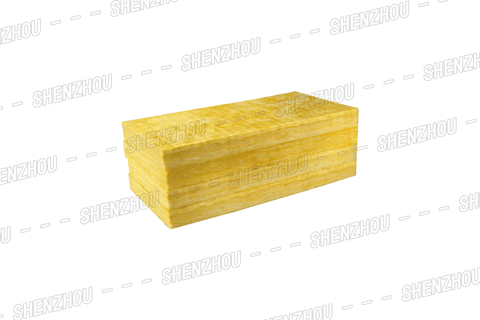
Is Rockwool as itchy as fiberglass?
6/11/20245 min read

When discussing the differences in skin irritation between rock wool and fiberglass, we first need to have a deep understanding of the characteristics of these two materials and the mechanisms of their interaction with human skin. Rock wool and fiberglass are common insulation and sound insulation materials widely used in the fields of construction, industry, and home furnishings. However, their differences in materials, structures, and manufacturing processes lead to their different manifestations in terms of skin irritation.
Categories
Popular
Applications of Glass Wool Board:
Interior Wall Compartments:
Enhances the functionality and aesthetics of interior spaces.
Ceiling Systems:
Provides effective insulation for ceilings, contributing to energy efficiency.
Insulation of Iron Sheet Air Ducts or Bellows:
Ideal for insulating ductwork, ensuring thermal efficiency.
Sound Absorption and Noise Reduction:
Reduces noise levels in machine rooms, creating a quieter working environment.
Exterior Wall Insulation:
Offers insulation for residential building exteriors, contributing to energy savings.
Glass Wool Insulation





Rock wool is an inorganic fibrous material made by special techniques after natural rocks are melted. It has excellent insulation, fire resistance, and sound absorption properties, as well as good chemical stability and corrosion resistance. However, a major drawback of rock wool is that it may cause irritation to the skin. This is mainly because rock wool fibers are relatively small and sharp, easily piercing the skin, causing itching and discomfort. In addition, rock wool may release small fiber particles during production and use, which are suspended in the air and may cause discomfort if inhaled or in contact with the skin.
In contrast, fiberglass is a fibrous material made of glass, which also has excellent insulation, heat insulation, and sound absorption properties. The fiber structure of fiberglass is relatively large and soft, making it less likely to penetrate the skin. However, glass fiber may also produce small fiber particles during production and use, which may cause certain irritation to the human body. However, compared to rock wool, glass fiber usually has less skin irritation.
To evaluate the degree of skin irritation caused by rock wool and fiberglass, we need to consider multiple factors. Firstly, an individual's skin sensitivity is an important factor. Different people's skin may have different reactions to fibrous materials. Some people may be more sensitive to rock wool or fiberglass, while others may not be very sensitive. Secondly, the density, length, and shape of fiber materials can also affect their degree of skin irritation. Generally speaking, the longer and thinner the fibers, the easier it is for them to penetrate the skin and cause discomfort. Finally, the usage environment and conditions of fiber materials can also have an impact on skin irritation. For example, in environments with high temperature, humidity, or dust, fibrous materials are more likely to release small fiber particles, increasing skin irritation.
Although both rock wool and fiberglass may cause some irritation to the skin, there are differences in the degree of irritation they cause. Generally speaking, rock wool is more prone to piercing the skin and causing itching and discomfort due to its small fibrous structure. Although glass fiber may also produce small fiber particles, its fiber structure is relatively large and soft, and the irritation to the skin is usually mild.
To reduce the irritation of rock wool and fiberglass to the skin, we can take some preventive measures. Firstly, when handling and installing these materials, appropriate protective equipment such as gloves, masks, and protective clothing should be worn to reduce the risk of skin contact and inhalation of fiber particles. Secondly, maintain a clean and tidy work environment, regularly clean the floor and air of fiber particles, and reduce their potential threat to the skin. In addition, for skin that has already come into contact with rock wool or fiberglass, it is necessary to wash and apply appropriate skincare products in a timely manner to reduce discomfort.
In summary, there are differences in skin irritation between rock wool and fiberglass. Although they may all cause some irritation to the skin, rock wool is more prone to itching and discomfort due to its small fibrous structure. Therefore, when using these materials, we need to take appropriate preventive measures to reduce the risk of skin irritation. Meanwhile, for skin that has already come into contact with these materials, we also need to take timely measures to alleviate discomfort.

Why Choose SHENZHOU Glass Wool Board?
SHENZHOU® Glass Wool Board not only meets the essential requirements of thermal insulation but also excels in sound absorption and noise reduction. Its adaptability to various settings, coupled with the convenience of construction and installation, positions it as a leading choice for architects, builders, and contractors.
In conclusion, the broad application prospects of SHENZHOU® Glass Wool Board make it a comprehensive solution for enhancing comfort, energy efficiency, and acoustic performance across diverse projects. Choose SHENZHOU® for insulation solutions that go beyond expectations.










About Us
Click the button below to get more information about us
Newsletter
Click to subscribe for more information
Follow Us
Contact Us
Address
Dacheng town, Langfang City, Hebei province, China
Phone
+86 185 03165 626


